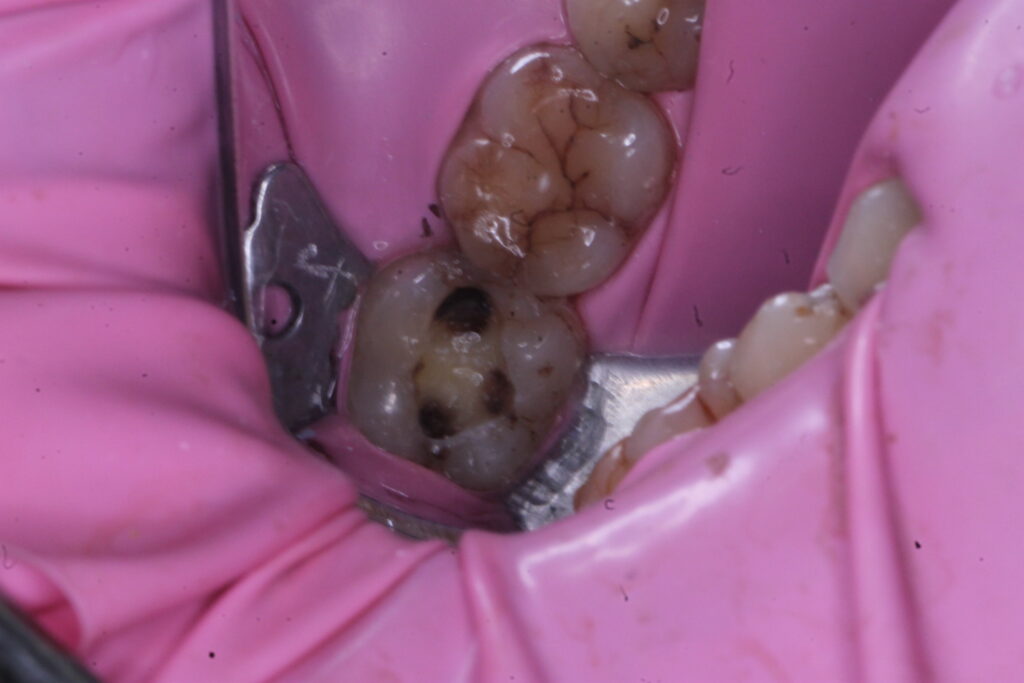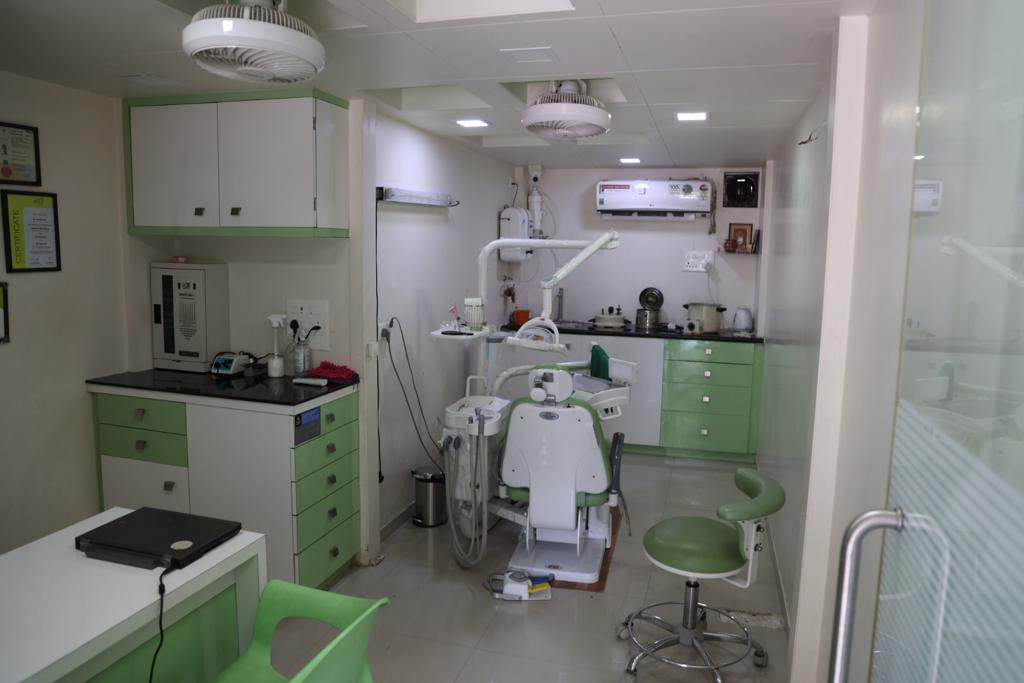Yes, it is important to choose a filling material that has properties equivalent to the missing tooth
structure in order to ensure a long-lasting restoration.
This is because the filling material needs to be able to withstand the forces of chewing and biting, as
well as resist wear and tear over time.
When a filling material is chosen that is not compatible with the missing tooth structure, there can be a
mismatch in properties, such as hardness or thermal expansion coefficient, which can lead to
complications such as cracking or loosening of the filling, or even further damage to the tooth itself.
choosing a filling material with a modulus of elasticity equivalent to that of the tooth is important to
ensure a successful and long-lasting restoration.
The modulus of elasticity is a measure of how much a material will deform in response to an applied
force. When a filling material with a different modulus of elasticity than the tooth is used, the
restoration can put stress on the tooth structure and cause damage, such as cracking or breaking.
By using a filling material with a similar modulus of elasticity to that of the tooth, the forces applied
during chewing and biting are more evenly distributed between the filling and the tooth, reducing the
risk of damage to the tooth structure.
Therefore, it is important for a dentist to choose a filling material with properties, including the
modulus of elasticity, that closely match those of the tooth being restored to ensure a successful and
long-lasting restoration.
Dental bonding is first step after cavity preparation ,is a commonly used technique for restoring teeth
that have been damaged by decay, trauma, or other factors. The type of bonding material used can
vary, but the gold standard material creates strong bond with tooth structure.
Before applying the bonding material, it is important to prepare the tooth properly to ensure a strong
and long-lasting bond. This often involves removing any decayed or damaged tooth structure, cleaning
the tooth surface thoroughly, and then micro etching the surface with some powder to remove plaque
to create proper environment for bonding
In addition to these steps, we may also use a biobase or other type of healing material before applying
the bonding material. Biobases are materials that are designed to help promote healing and
regeneration of the tooth structure, and they can be particularly useful in cases where there is
significant damage or decay.
Overall, the use of dental bonding with a resin composite material and proper preparation techniques
can provide a durable and long-lasting restoration for damaged teeth. However, the specific materials
and techniques used can vary depending on the individual case and the preferences of the treating
dentist.


We have follow ups of 10 years filling lasting, required only polishing with no leakage.
Regular follow-ups with a dentist are also important to monitor the health and stability of the
restoration over time. It is generally recommended to have a dental check-up every six months to a
year, depending on the individual’s oral health needs. This allows for any potential issues to be
addressed early on, before they can cause more serious problems

